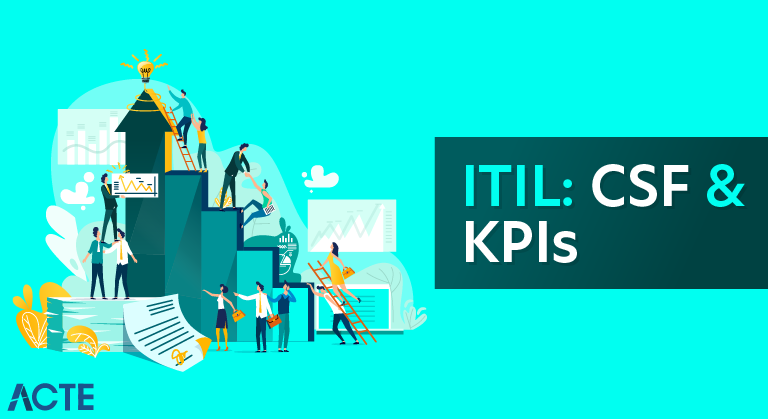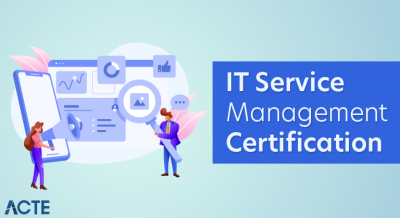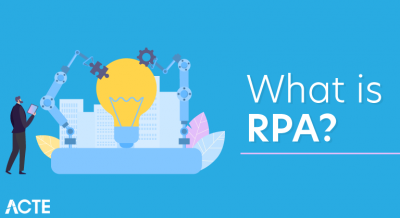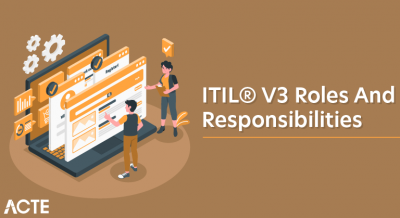
CSF stands for Critical Success Factors while KPI stands for Key Performance Indicators. These two, altogether different concepts, are often confused or used interchangeably. One of the easiest ways of understanding these concepts in contrast, and singly, is by knowing that KPIs serve to be the effects of an organization’s actions, while CSFs are the causes behind its success. There exists a strong and close relationship between these two ITIL concepts. Once the CSFs have been properly identified and been executed upon, and if the organization is aware of its KPIs, then managers are quite close to meeting KPIs successfully.
CSFs or Critical Success Factors
Developed during the period between 1979 & 1981, the concept linked with critical success factors has gone through several layers of refinement advised by notable researchers. CSFs are typically elements that are very essential for the success of a strategy or for a goal / objective to be achieved. Often used for denoting the vision of an organization, its mission statements, or a business strategy, CSFs have to necessarily be in place for a project / objective to succeed. The success of CSF drives a strategy forward.
KPIs or Key Performance Indicators
KPI measures are used for quantifying management objectives. More often than not, they are accompanied with a threshold or target and enable accurate measurement of organizational performance. Threshold, or the measure of KPIs, is indicative of the plotting of achievement vs. a definition. This definition may either be denoted against numbers or is time based. In simple words, a key performance indicator is but an indicator of performance. It showcases whether a specific performance is good or requires improvement; which in turn is denoted through the threshold linked to the KPI. In fact, KPIs indicate the defined performance levels that are necessary for achieving a set of factor/s critical for an objective to achieve success. Among many other things, this point indicates that KPIs are a derivation of CSFs.
Examples of KPIs and CSFs
For instance, if one of the CSFs for an IT department serves to be the restoration of normal services, then the KPIs that can emerge from this CSF may be of the likes of Average Handle time (AHT), average wait time (AWT), percentage of time when the resolution takes place after the first contact (FCR or First Call Resolution), etc. In the same vein, if the CSF for a collections department is the ensuring of high debt recovery, then the percentage collection attributed to various ageing buckets, percentage collection in lieu of total outstanding, etc. are the KPIs that can flow for the organization.
What is Threshold?
Threshold indicates whether the performance on a KPI is acceptable or not. It adds definitive value to various KPIs. For instance, the size of a table “indicates” whether it is small enough to seat only six people, or so large that it may accommodate a small pool table. Though this indicator reflects upon the size of the table, it fails to measure whether the same meets the specific requirements or not. This fact is rightfully denoted by a quantification of the size of the table. For instance, a table measuring 3 feet by 6 feet will serve as the threshold for acceptance.
Purpose of KPIs and CSFs
The purpose of KPIs is the identification of some metrics and defining of thresholds to indicate acceptable levels of performance. These performance levels are then used for indicating the achievement of CSFs that are also measurable—but with binary values only– yes and no. For example, CSFs should be able to indicate, “No, that factor has not been realized,” or otherwise.
Benefits and Outcomes
The terms benefits and outcomes when applied to a business context were popularized in a book called “The Information Paradox: Realizing the Business Benefits of Information Technology” by John Thorp of the DMR Consulting Group published in 1998. The practice became known as Benefits Realization and is now carried on by many top-performing organizations. The approach though was years ahead of its time.
First let’s define the key terms in Benefits Realization:
- Outcomes: the results sought, including either intermediate outcomes in the chain, those outcomes that are necessary but not sufficient to achieve the end benefit, or ultimate outcomes, the end benefits to be harvested.
- Initiatives: actions that contribute to one or more outcomes.
- Contributions: the roles played by elements of the Results Chain, either initiatives or intermediate outcomes, in contributing to other initiatives or outcomes.
- Assumptions: hypotheses regarding conditions necessary to the realization of outcomes or initiatives, but over which the organization has little or no control. Assumptions represent risks that you may not achieve desired outcomes. Any change to an assumption during the course of the benefits realization process should force you to revise your map.
- Results Chain Technique: used to build simple yet rigorous models of the linkages among the four core elements of the benefits realization process: outcomes, initiatives, contributions and assumptions.
- Benefits realization is used at the beginning of a project to determine what benefits will accrue to an organization should they choose to execute the project. As all of the potential benefits from a project do not accrue at the same time, or may do so without going through intermediate steps or outcomes, it becomes critical to understand what will be achieved at each project stage, and especially whether any benefits will accrue if a project is cancelled either partially or in its entirety.
- The genesis of the benefits realization approach was due to the large number of IT projects that were getting cancelled without delivering any real value (or benefit) to the sponsoring organization. Benefits realization helps you to identify the benefits of doing something and the initiatives that would be needed to be executed to achieve them.
- As the initiatives that are needed to be carried out on a project get structured as discrete entities that deliver either a direct benefit or an intermediate outcome, it thus becomes possible to determine, in later project stages, the effects of the cancellation of a specific initiative – i.e. what benefits will we not get if we cancel it. This is a powerful business tool for protecting project investments.
An important point to note with benefits realization is the recognition that not all benefits are accrued upon project completion – many may take years before they can be fully reaped by the organization. To track the benefits accrual, a ‘benefits register’ is set up which usually contains the following kinds of information about each outcome:
- Description of outcome
- Contribution – what/to whom does it contribute
- Metric/Frequency – how do measure its realization
- Measurement method
- Baseline value
- Target value/date
- Tolerance limits
- Action if outside tolerance limits
- Accountability
- Benefits profile – i.e. increase, decrease, ratio, etc.
Here are some examples that explain the difference further:
KPI = customer satisfaction (which is quantifiable and follows an approach for measurement) + Threshold = > 65%KPI = resolution score (which is quantifiable and follows an approach for measurement) + Threshold = > 75%
KPI = added net customers (new customers minus disconnections) + Threshold = 900 in 30 days
It’s essential to understand that the definition of measurement units may be different in nature. They tend to be adopted by the department / organization / industry in different ways and include many dynamics. In the instances stated above, the customer satisfaction for any given sample is capable of being measured as:
- A resultant of a “number rating” attached by a customer to particular question/s included in the survey form;
- As an average of the rating attached by a customer to each question;
- On a qualitative scale before being converted to numbers.
In the same way, the definition of a resolved case may include the measuring of:
- Repeat contacts by a given customer across a predefined period; post the first contact; or within 24 hours, 3 days, a week, and so forth,
- The exclusion of some categories of customers,
- Or, by using the number of contacts by any given customer’s telephone number; instead of the cases that have been logged separately by the service department.
Other examples:
1. Objective = you wish to drive from Location A to Location B in 7 hours
CSF = driving skills, access to transportation, availability of fuel, affordability, driving conditions
KPI = was the trip completed in 7 hours
Threshold = 7 hours
2. Objective = Improved customer retention
CSF = quick turnaround time, efficient after sales service, transparency in bills, less waiting time, etc.
KPI = resolution score > 65%, customer satisfaction score > 65%, Average Handle time < 12 minutes
Threshold = > 65%, < 12 minutes





